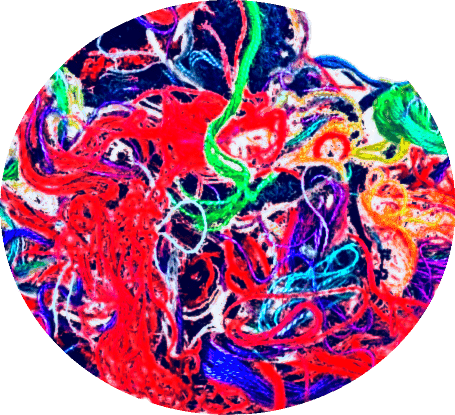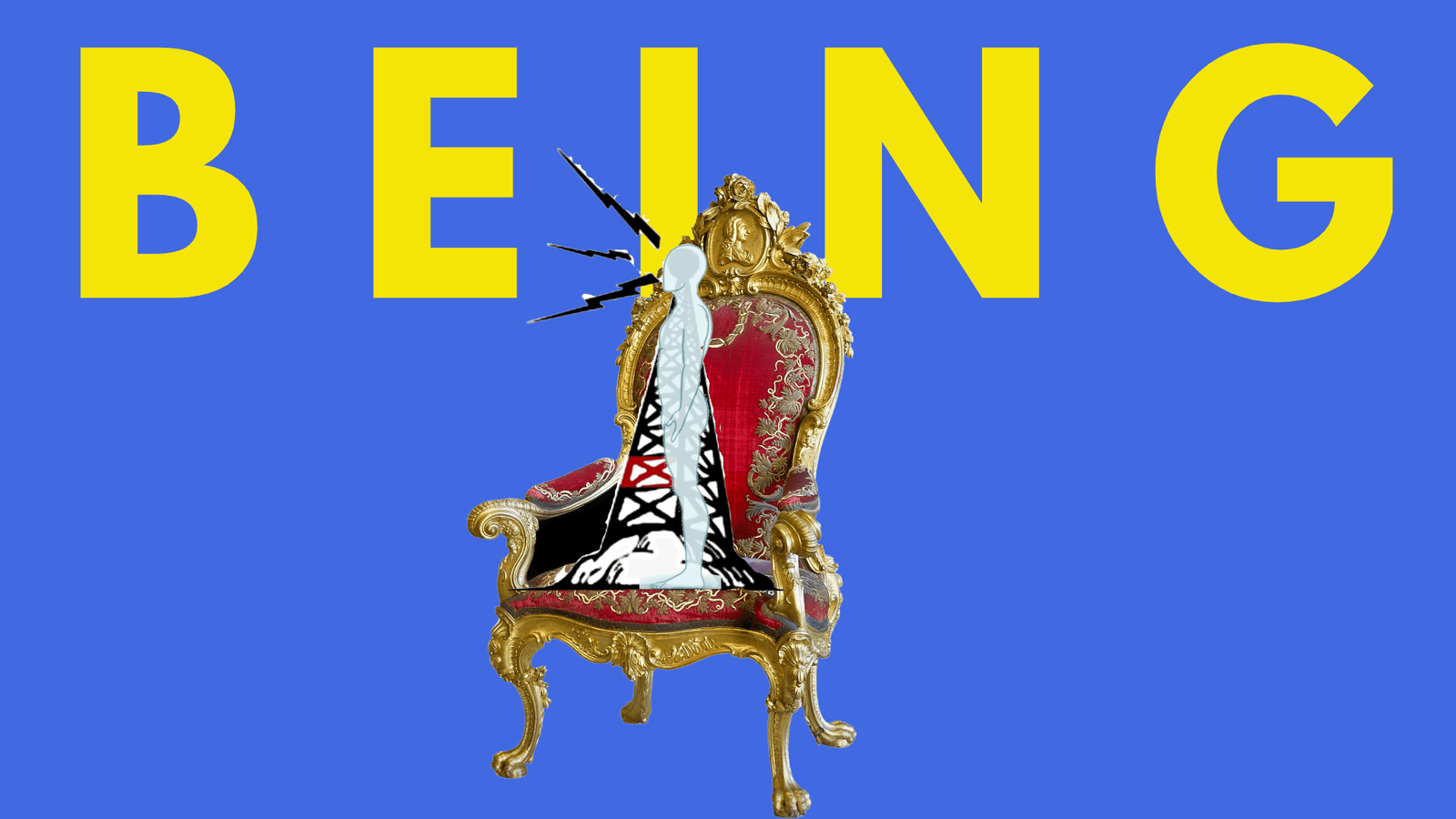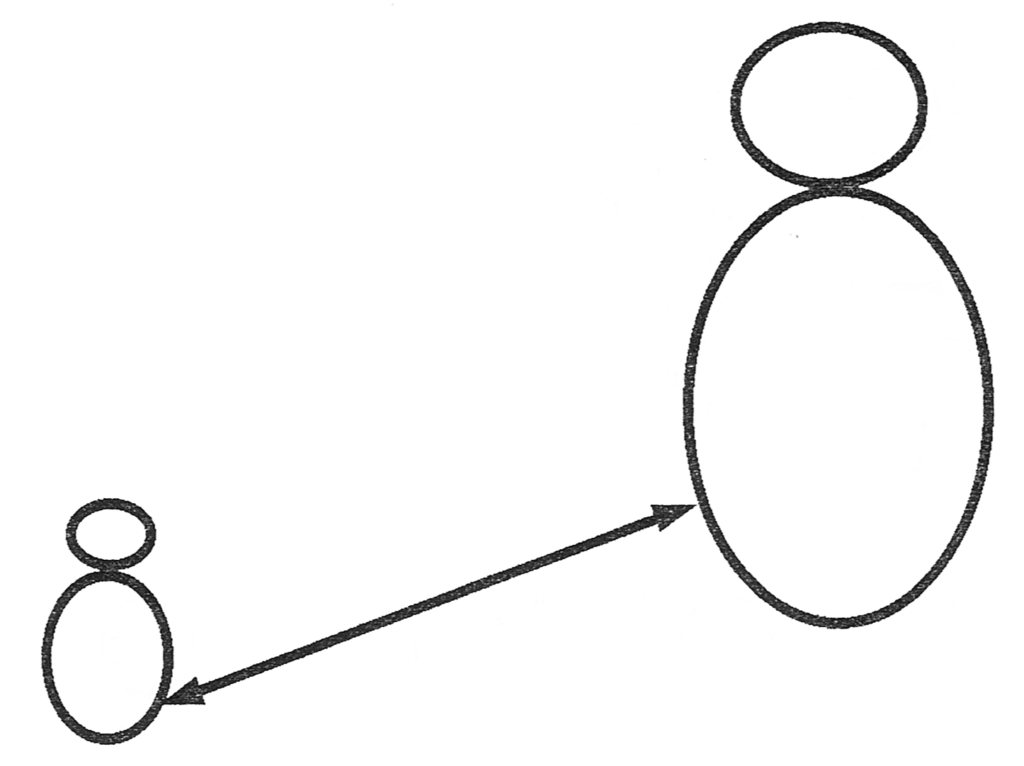The Restless Self
The human mind craves activity. Even in moments of tranquility, the “ego need” for stimulation cannot rest. It thrives on constant mental activity—thoughts, emotions, or sensations. When stimulation fades, a feeling of emptiness emerges—lethargy, boredom, and apathy.
Boredom, often dismissed as trivial, reveals a more profound truth about the ego’s need for psychic activity. It isn’t just a momentary lapse of engagement but a reflection of how deeply the ego fears stillness. As Hameed Ali (A. H. Almaas) writes in The Unfolding Now, boredom can be a gateway to recognizing this emptiness, a void the ego works tirelessly to fill. However, instead of allowing this emptiness to be, the ego agitates, searching for anything to maintain its identity.
Boredom is the universe whispering, ‘Stop thrashing, and you’ll see the goldfish in the mud.’
Alan Watt
The experience of boredom can be unsettling because it unearths a sense of meaninglessness. The ego perceives this as a threat—a crack in the carefully constructed self. But this very crack holds a profound opportunity. The more we allow the discomfort of boredom to surface, the more we expose the undercurrent of ego activity: the desire for something, the avoidance of emptiness, the rejection of the present moment. Boredom, then, becomes a mirror of the ego’s perpetual dissatisfaction.

Almaas describes this ego activity as a form of resistance. The ego resists peace, stillness, and quiet because those states dissolve its foundation.
In The Pearl Beyond Price, he discusses how this activity is driven by hope and desire—seeking pleasure and avoiding pain, constantly rejecting the present. This dynamic is a direct obstacle to Being, the ego’s desperate clinging to what is known and controlled.
The ego is like a hyperactive puppy chasing its tail—dizzying itself into believing it’s going somewhere.
Eckhart Tolle
Without constant mental or emotional movement, the ego feels as though it ceases to exist. The irony is that the stillness the ego fears—when fully surrendered to—reveals our True Nature, a state beyond the limitations of the self. Yet, the ego fights to keep the wheel turning, afraid of the annihilation that comes with deep peace. Almaas highlights this dynamic clearly, explaining how the ego relies on its psychic activity to perpetuate itself, while peace, silence, and stillness are experienced as threats, the beginnings of its dissolution.
Ennui and the Human Condition
When we experience boredom, apathy, or lethargy, we touch the deeper layers of the ego’s resistance. Boredom is not merely a lack of entertainment; it’s the ego’s cry for something to do and attach to. In this sense, boredom is a form of existential restlessness. The ego needs activity to feel alive, but the deeper truth is that this activity only prolongs its suffering.
In Facets of Unity, Almaas discusses how this resistance manifests as a disconnection from Being, leading to apathy or resignation. The ego, unable to recognize the beauty of stillness, seeks out distractions. The soul, trapped in this cycle, experiences life as “drab, gray, cold” because it is cut off from the warmth and aliveness of true consciousness. This is the nature of egoic life—mechanical, superficial, always searching for stimulation to avoid the more profound truth.

The Trap of Psychic Activity
The ego’s reliance on psychic activity is a defense mechanism against stillness, a way to keep its identity intact. As Almaas points out in The Inner Journey Home, this constant motion—thoughts, emotions, or actions—creates a false sense of self. We identify with this activity, believing it to be who we are. But this identification only traps us further in the cycle of suffering. The more we cling to the activity, the more we are disconnected from Essence’s straightforward, still presence.
Psychic activity is like a carnival ride—the lights and noise feel important until you realize you’re just spinning in circles.
Jiddu Krishnamurti
To truly encounter our Essence, we must recognize the ego’s need for activity and surrender it. This isn’t an act of willpower or effort but a relinquishing of the need to control. Almaas writes, “The soul needs to recognize that she actually can do nothing here; she needs to forget about trying to release herself.” In surrendering to the present moment, without the ego’s interference, we rest in Being.

The Dissolution of the Ego in Stillness
Ennui, boredom, and apathy are not merely uncomfortable states to be avoided. They are invitations to see the ego’s deeper workings—its need for constant activity and its fear of stillness. The ego’s dissolution begins when we stop resisting these states and instead allow them to be. In doing so, we open ourselves to the deeper reality of our True Nature, a state of peace, stillness, and quiet that the ego cannot comprehend but longs to return to.
In the stillness, the ego dissolves, and we find the aliveness that has always been there—an aliveness not dependent on external activity but on the essence of Being.










